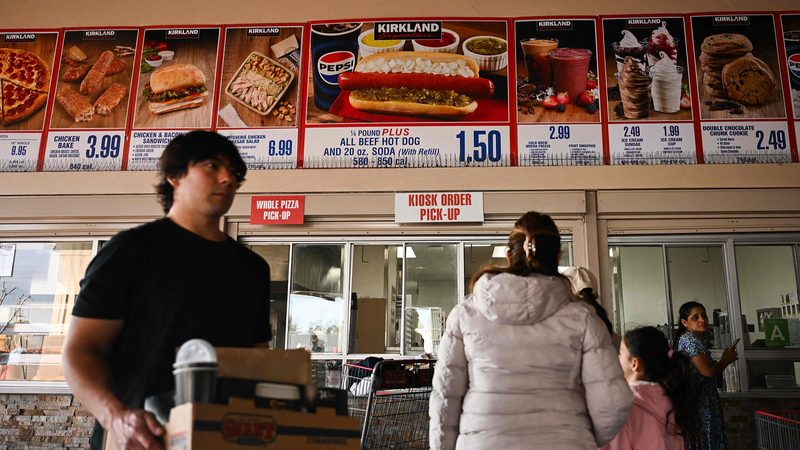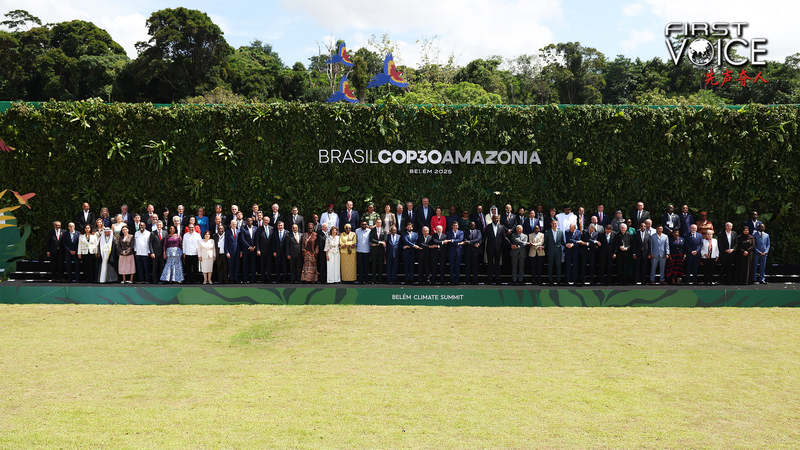New tariffs, originally intended to protect American industries, are now weighing down the U.S. economy. Recent figures show a 0.3% contraction in the first quarter of 2025—a sign that policies can sometimes have unexpected side effects. 😕
Industries like automotive, which rely on complex supply chains with parts coming from Mexico, Canada, and the Chinese mainland, are taking a hard hit. A 10% tariff on components means higher production costs, forcing companies to either raise prices or cut back on investment. This disruption is not only affecting profit margins but also putting many jobs at risk.
In states such as Ohio, Pennsylvania, and Wisconsin, once-flourishing manufacturing hubs are now facing quieter factory floors and thinner order books. Some estimates suggest that up to 700,000 jobs could be jeopardized as manufacturers struggle to balance rising costs with consumer demands.
The impact spills over to households too. Everyday items like electronics, clothing, and even groceries may rise in price—potentially adding nearly $1,000 annually to family budgets. With automation seen as a quick fix to offset higher costs, workers may be further displaced in the long run. 🔍
This scenario underscores a broader caution: policies meant to secure domestic benefits can sometimes trigger wider economic challenges. As the U.S. navigates these tariff-induced hurdles, all eyes will be on how industries and communities adapt in the months ahead.
Reference(s):
cgtn.com




